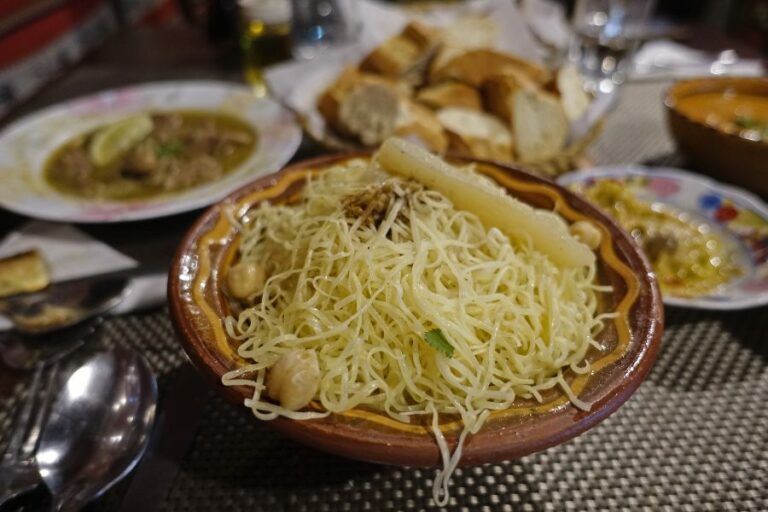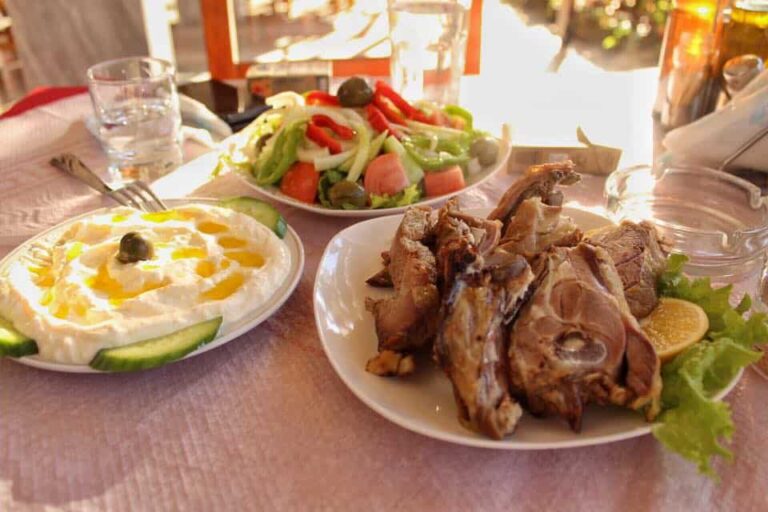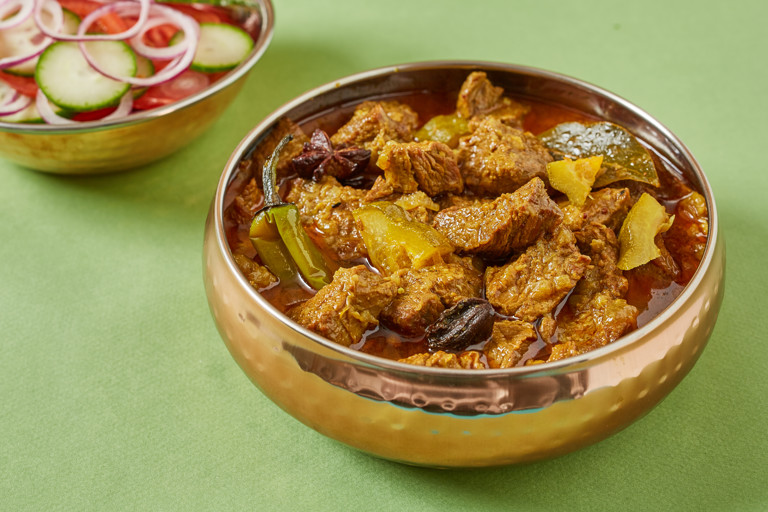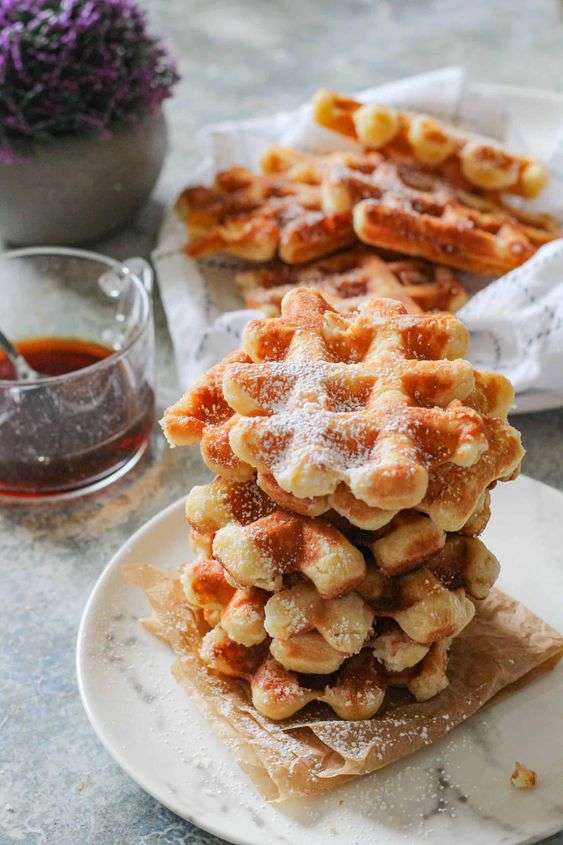Introduction: Algerian Dining Customs
Algeria is a country in North Africa with a rich cultural heritage, which is reflected in their cuisine and dining customs. Algerian cuisine is a blend of Mediterranean, Middle Eastern, and African influences, and is characterized by its use of spices, herbs, and vegetables. Dining in Algeria is a social and cultural experience, and there are some traditional customs and etiquette that are important to observe.
Traditional Algerian Dining Customs
In Algeria, sharing food is an important part of the culture and hospitality is highly valued. Meals are often served family-style, with dishes placed in the center of the table for guests to help themselves. It is customary to eat with your hands, using pieces of bread to scoop up food. Algerian cuisine is known for its flavorful stews, such as couscous or tajine, which are often eaten with bread and shared among diners.
Invitations & Greetings in Algerian Culture
When invited to an Algerian home for a meal, it is customary to bring a small gift, such as flowers or sweets, for the host. Upon arrival, guests are greeted with warm hospitality and invited to sit and relax while the meal is being prepared. It is customary to remove your shoes before entering the home, and to dress conservatively, covering your arms and legs.
Seating Arrangements & Table Setting
In Algerian homes, guests are often seated according to age and gender, with older guests seated first and women and children seated separately from men. The table is often set with a tablecloth and a variety of dishes, including salads, soups, and main courses. Algerian cuisine often includes a variety of vegetables, such as eggplant, tomatoes, and peppers, which are often served as side dishes.
Serving & Eating Algerian Cuisine
When serving Algerian cuisine, it is customary to offer guests a small taste of each dish before they serve themselves. Algerian food is often eaten with the hands, and it is considered polite to use your right hand only, as the left hand is considered unclean. It is also important to avoid touching food with your fingertips, instead using pieces of bread or utensils to scoop up food.
Etiquette for Eating with Hands
When eating with your hands, it is important to wash your hands thoroughly before the meal. It is also important to avoid licking your fingers, as this is considered impolite. If you need to wipe your hands during the meal, use a napkin or piece of bread. When finished eating, it is customary to say “Bismillah” to give thanks for the meal.
Conversations & Topics to Avoid
In Algerian culture, it is important to avoid discussing controversial topics such as politics or religion during a meal. Instead, conversation should be kept light and focused on topics such as family, work, and hobbies. It is also important to avoid interrupting others while they are speaking, and to wait for a pause in conversation before speaking.
Conclusion: Embracing Algerian Dining Customs
Algerian dining customs are an important part of the country’s cultural heritage, and observing these customs can help visitors to better understand and appreciate Algerian culture. Whether dining at a restaurant or in someone’s home, it is important to be respectful and follow traditional customs and etiquette. By embracing these customs, visitors to Algeria can enjoy a truly authentic and memorable dining experience.










